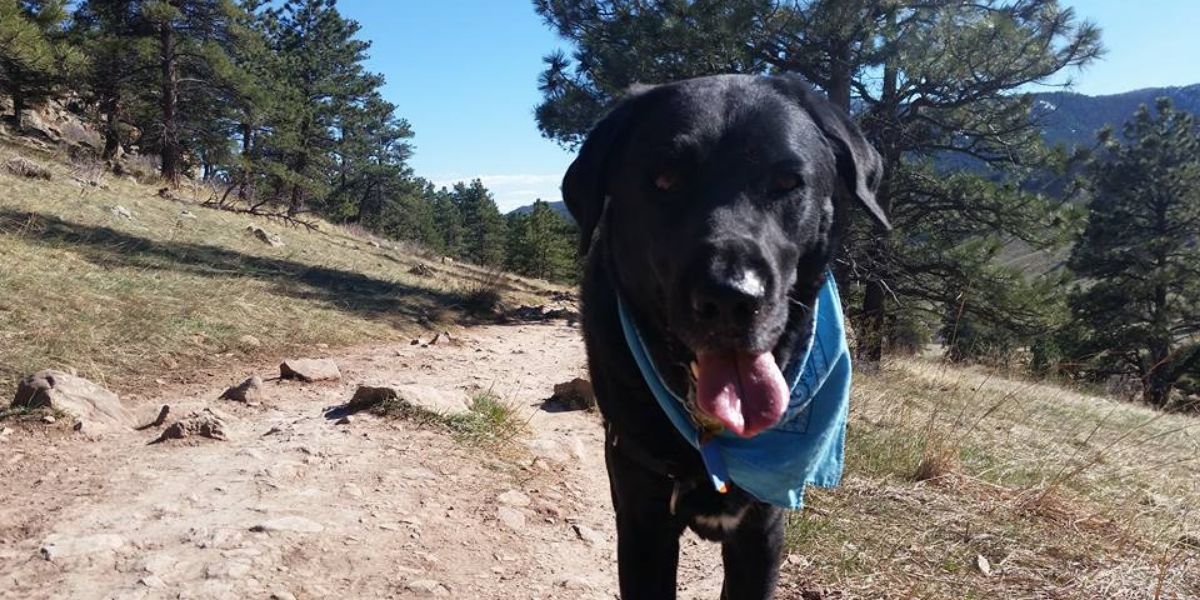If you are checking out this post, hopefully your dog understands what your recall word means for off leash dog training. If not, please check out this Beginner Guide to Come!
If so, let’s begin!!
Dogs do not have the capability of generalizing one behavior to multiple contexts. For example, just because your dog knows how to come when called in your home with limited distractions, does not mean he also knows a come when called off leash in the park. Training a recall is similar to training for a marathon.
For example, an indoor recall without competing distractions when you have your dog’s attention is the 5k race. An outdoor recall, 30 feet away with another dog present in the middle of playtime is the NYC marathon! Breaking down your off leash dog training is key to success.
In order to be successful you need to train your dog for the NYC marathon by training in small increments in environments where you will both be successful. If you have only trained for the 5K race, do not try running the full marathon!
Training for the 5K Version of Off Leash Dog Training
- When you are outside walking your dog on leash, bring some yummy treats with you.
- Let your dog become saturated with the environment for at least the first 5-10 minutes of the walk, allowing them to sniff and investigate their environment.
- Call your dog to come, run backwards enticing your dog to follow you and then treat your dog 10 times in a row with small high value treats!
- Practice this game throughout your walk 10 times.
A few concepts you must consider as you’re training for the NYC Marathon:
- The distance between you and the dog – Start small and gradually increase your distance. Instead of going from on leash to completely off leash, use a long 20 foot leash to maintain some control while working on longer distance recalls.
- The number of distractions in the environment – Is there 1 dog across the street or several off leash dogs? If you decide to train in a distracting environment, make sure your treats are better than the distractions!
- The dog’s level of interest in the distraction – Is your dog looking at the dog across the street or in the middle of play?
- Saturate your dog to the new environment – When you arrive to the location remember to let your dog explore the space before you start training.
- Choose locations that matter to you – Train in areas that you frequently take your dog so the training is relevant. Make a list of difficult scenarios where you may keep your dog on leash while you are in the training process. You can work your way up to this scenarios gradually.
- If your dog is not getting it correct, then back up and make the training scenario easier. Your dog should be getting the behavior correct 95% of the time. If not, the situation is too hard for him.
So, how is this relevant to you? Where will you train? How will you start? This is an opportunity to deepened your relationship and have fun with your dog! How will you let your inner child come out and play?

